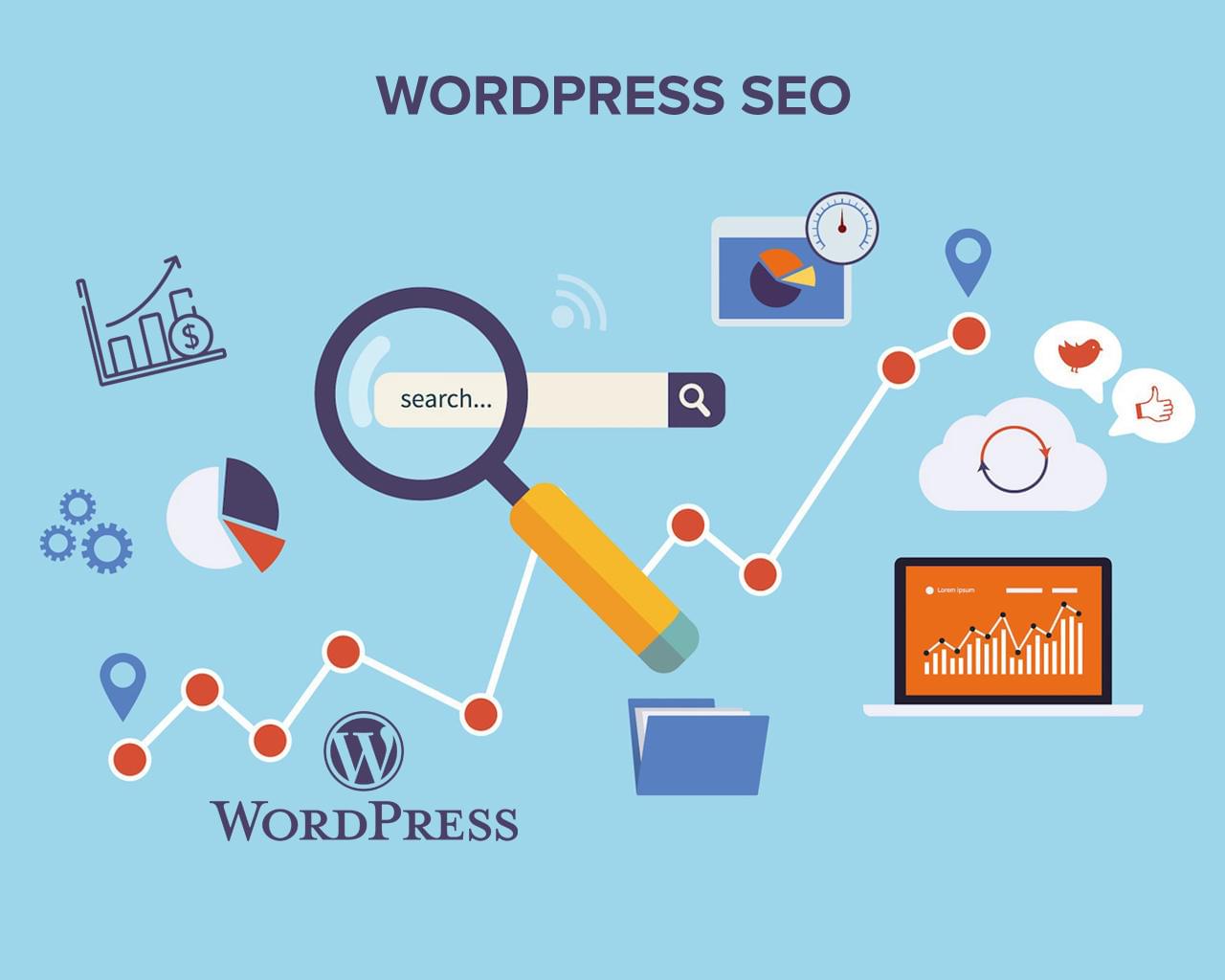If you want your WordPress blog to rank high in search engines, the first thing you need to do is make sure that it’s an SEO-friendly site. What exactly does this mean? To answer that question, let’s break down what SEO stands for and how it can help you get more traffic to your site. SEO stands for search engine optimization and has been used since the early days of Google when marketers realized that getting a website to show up higher in the search results meant more page views and therefore more revenue opportunities.Here are 7 easy steps to make your WordPress blog SEO friendly.
Step 1: Create an Informative Blog Title
Every SEO professional knows that a key ingredient of an optimized post is an enticing and informative title. Since you’re writing on how to make your WordPress Blog search engine friendly, try adding those words into your title. You might also consider including keywords about design or development, depending on what content you’ll publish on your site. For example, my organization — Mercy Corps — runs a sustainability-focused website called EcoWatch. The key word we included in our title is sustainability since it’s both important to our organization as well as being a highly searched term by users.
Step 2: Optimize Your Header Tag
Optimizing your header tag will help ensure your site can be easily found by search engines. WordPress has a number of excellent and easy-to-use SEO plugins available, including all-in-one solutions like Yoast and WP All Import that make optimizing for search engines almost effortless. There are also a number of paid services available, such as Searchmetrics , which promise to help you better optimize your site for search engines. It’s up to you which route is best for you – but make sure that optimizing your header tag is part of it!
Step 3: Optimize the Meta Description
A Meta Description is the snippet of text you see in search results next to your site’s title. You can optimize it using a tool like Yoast which will help Google know what the page you’re trying to rank for is about. Here’s how: Once you open the settings page, go down the left-hand column until you get to the SEO – Meta description option, and fill out your description there (you can also use it for other social media sites).
Step 4: Choose your Keywords Wisely
Keywords are words people search for on Google when looking for your product or service. If your website ranks well on these keywords, you’ll show up higher on Google and other search engines. For instance, if your business is a pizza parlor, you may target keywords like pizza restaurants or cheap pizza delivery. The more specific your keyword is to your industry, the better chance you have of ranking highly.
Step 5: Optimize your Post Titles
When you think about optimizing your titles, you should always be thinking about creating a title that will grab your reader’s attention and make them want to click. The ultimate goal is for them to become loyal readers, so keep that in mind as you try to find a balance between grabbing their attention and sharing what your content is really about. There are some things you can do when crafting your titles such as using relevant keywords and using different types of sentences with good capitalization and punctuation. Always remember not overdo it or go overboard on any one thing because search engines might catch onto you if they are smart enough! Give yourself time for all seven steps of trying to optimize your site, even if at first it doesn’t seem like it’s working.
Step 6: Optimize Images Using Alt Text
Alt text is short for alternative text, and it’s one of three main ways search engines understand images. The key thing here is that alt text gives a visual context for what your image portrays. Without alt text, an image doesn’t make much sense on its own. For example, if you had a picture of a bird but no alt text—or if your only alt text was image of bird—then Google would have no way of knowing that you’re displaying an image of a bird instead of a random series of colors and lines (unless maybe you told them by using Image Of Bird as your title). Alt tags are especially important when it comes to optimizing your website’s load speed.
Step 7: Add Schema Markup
Schema Markup makes your site more search engine friendly. Some search engines like Google use Schema Markup as a way to improve how they display your website. This is a very good thing! Even though not every major search engine uses Schema, it is good practice to ensure that you are being as user-friendly and open for them as possible. Adding Schema will also help make certain pieces of your content, such as reviews and recipes, show up better in searches related to those topics.













